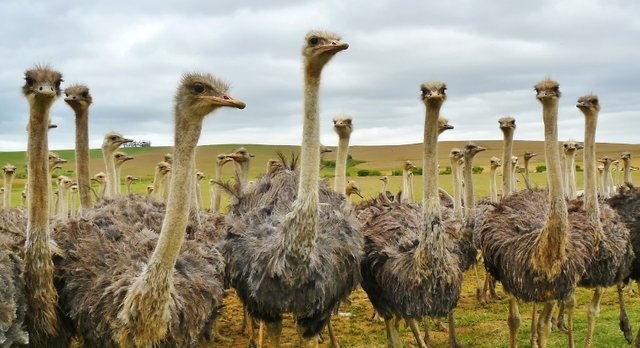
The heads of ostriches are not buried in the sand. This is a popular myth that has been perpetuated by popular culture, but it is untrue.
Ostriches are the world's largest birds and are native to Africa. They are not able to fly, but they can run at speeds of up to 40 miles per hour. Ostriches have excellent eyesight, which they use to search for predators and food.
When threatened, an ostrich will either flee or hide. Ostriches can conceal themselves by lying down on the ground and stretching their necks flat. This makes them difficult to see, particularly from a distance. Ostriches, on the other hand, do not bury their heads in the sand.
So, what gives people the impression that ostriches bury their heads in the sand? This myth is thought to have originated from the way ostriches eat. Plants, insects, and small animals are among the foods consumed by ostriches. They frequently graze on the ground and must sometimes put their heads down to reach food that is close to the ground.
When an ostrich is grazing, it may appear to have its head buried in the sand. The ostrich's head, however, is still moving if you look closely. The ostrich is simply picking up food with its beak from the ground.